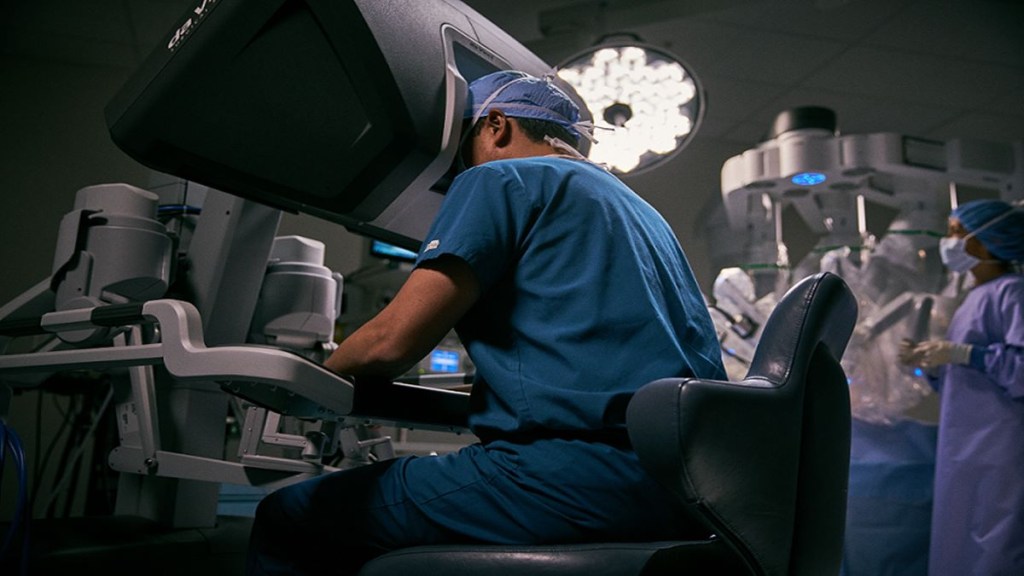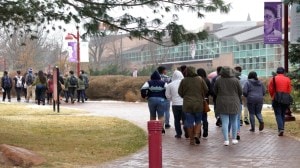Robotic surgeons from the Clinical Robotic Surgery Association (CRSA) has emphasised on the need to train more surgeons in such advanced surgical technologies, to make it available for all eligible patients across the country.
According to the association, the Robotic-assisted surgery (RAS) has emerged as a game-changer in India and revolutionized the way soft tissue surgeries are performed.
With the precision and dexterity of robotic systems, surgeons can achieve better clinical outcomes, reduced complications, and shorter recovery times for patients. the CRSA claimed.
“Though there has been an increase in the adoption of such technologies by surgeons in the recent past, we need more doctors to take up such tech advancements in order to cater to the growing need,” it added.
“RAS is an advanced technique, which is beneficial for patients, with better clinical outcomes, minimal access benefits, and clinicians perform the best. From my years of experience in RAS, I can clearly say that RAS has many benefits for patients such as early discharge, short hospital stay, fewer painkillers, fewer antibiotics, fewer complications, and less ICU stay. Another beauty of robotic-assisted surgery is that it has a short learning curve, and excellent standardization. However, to make this technology available for all eligible patients, more surgeons need to get trained in robotic-assisted surgery. This will also enhance the adoption of robotic programs across the country,” Dr. Vivek Bindal, President- CRSA, said during the press conference.
Along with training our existing surgeons, it is important to introduce such technologies to our budding surgeons, he said.
Currently, surgeons’ associations and global technology leaders like Intuitive are running familiarization programs on robotic-assisted surgery. However, to introduce budding surgeons to this technology, it is very important to include advanced surgical technologies into the medical curriculum and training institutes,” Dr. Bindal added.
In the intricate realm of surgery, comprehensive training for medical professionals in robotic-assisted procedures necessitates unwavering focus to ensure engagement and relevance throughout the process.
“When it comes to healthcare, it is important to focus on technology backed by clinical evidence. Hence, it is important to have alliances with global leaders in robotic-assisted surgery through partnerships, investments, and knowledge exchange which will further enhance the local ecosystem. Implementing this strategy will not only harness homegrown talent but also, benefit from the extensive experience that global players in robotic-assisted surgery bring in. For instance, after Intuitive’s (a global leader in robotic surgery) direct entry into India in 2018, the training programs have become very robust. Before a surgeon is allowed perform robotic-assisted surgeries, he/ she has to go through 60 to 70 hours of simulatory training, dry lab training, case observation, and mentorship programs,” Dr. Randeep Wadhawan, Senior Consultant & HOD, Manipal Hospitals, Dwaraka, said in a statement.
The doctors also maintained that a robust training infrastructure that provides essential resources to surgeons and care team professionals is paramount.
“As healthcare providers invest more in technology to improve operational efficiencies and more surgeons are look at broadening their skills in using the latest technology, Robotic-assisted surgeries (RAS) are gaining more traction. Currently, there are over 850 robotic-assisted trained surgeons across major private and government hospitals in India, equipped to perform a variety of robotic-assisted surgeries in areas such as Urology, Surgical Oncology, General Surgery, and Gynaecology,” Mandeep Singh Kumar, VP and Country GM, Intuitive India, said in a statement.
Moreover, to amplify and accelerate the understanding of the benefits that come from robotic-assisted surgery, Intuitive has been collaborating with surgeons’ societies like CRSA and we look forward to continuously strengthening this partnership.
“In doing so, we endeavour to bring the benefits of robotic-assisted surgery to a continuously increasing patient population,” Kumar said.








